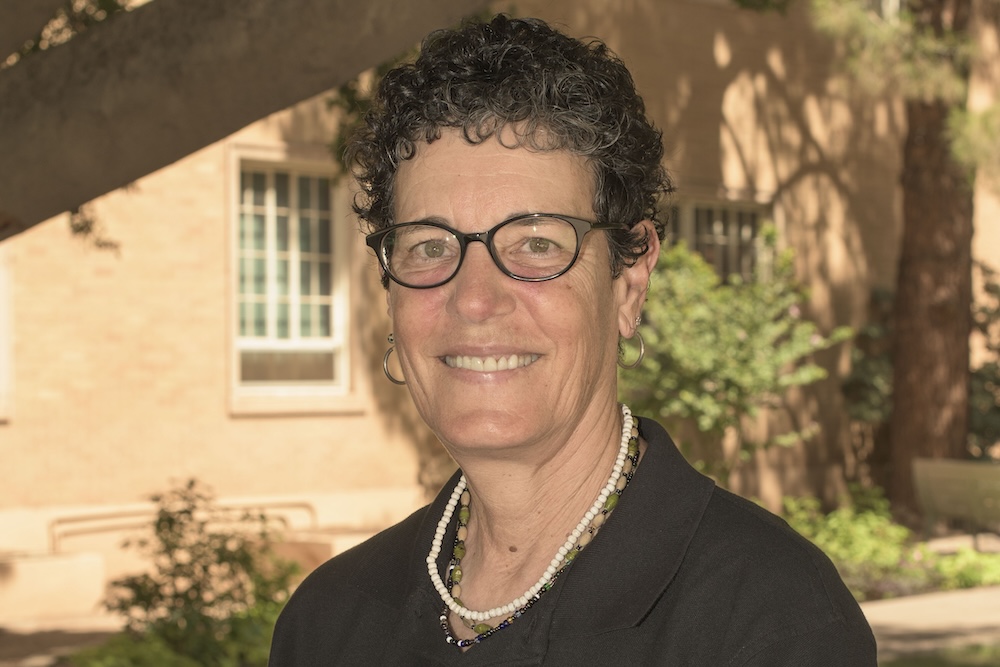
San Pedro River Botanical Walk with Liz Makings
Join the Friends of the San Pedro River for a special botanical walk with Liz Makings, botanist and expert in Southwestern flora from Arizona State University. Liz is likely the world expert on the plants of the San Pedro Riparian National Conservation Area. This walk will be along the 4-mile loop trail at Fairbank. The trail is not difficult but does include stretches of uneven terrain. Be sure to wear appropriate clothing, shoes, and sunscreen, and bring your lunch and plenty of water. Because of the length of the hike, there will be a break for lunch along the trail. This walk will be a basic introduction to plant parts, including how to tell the difference between spines, thorns, and prickles, as an example. With the help of the rain we’ve had this monsoon, we should see an abundance of plant species. Meet at 8 am at the Fairbank Schoolhouse Museum. We hope to limit the number of guests to 20, first come, first served. No dogs, please. Park in the outer lot.
